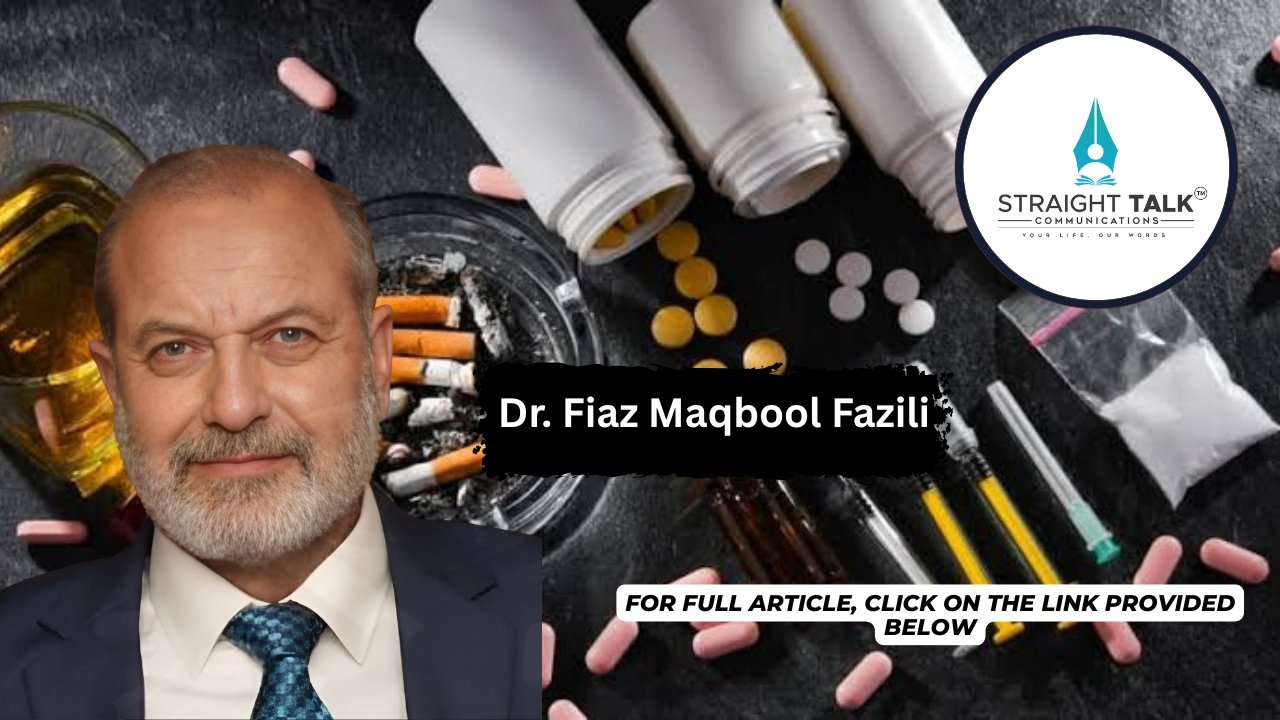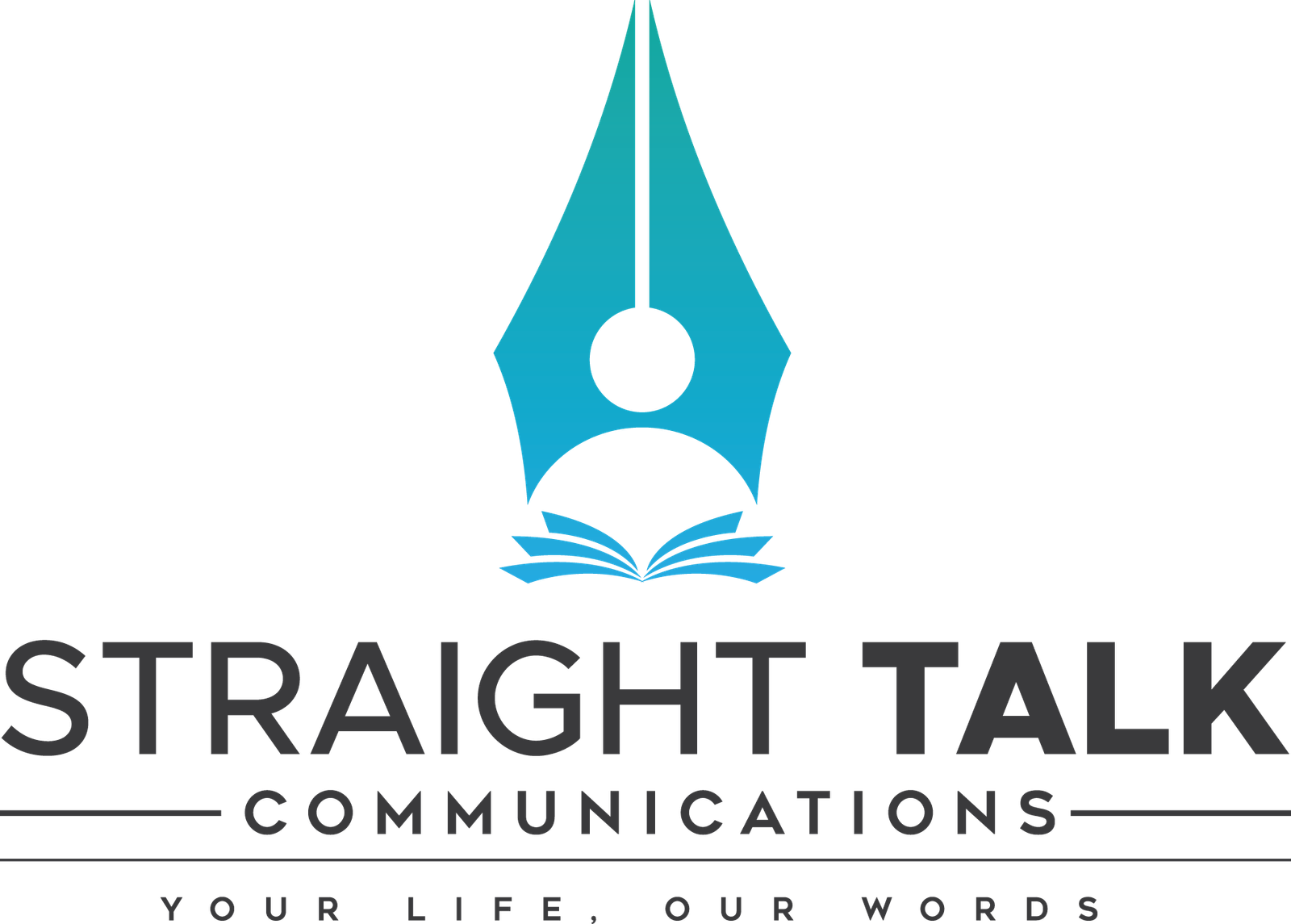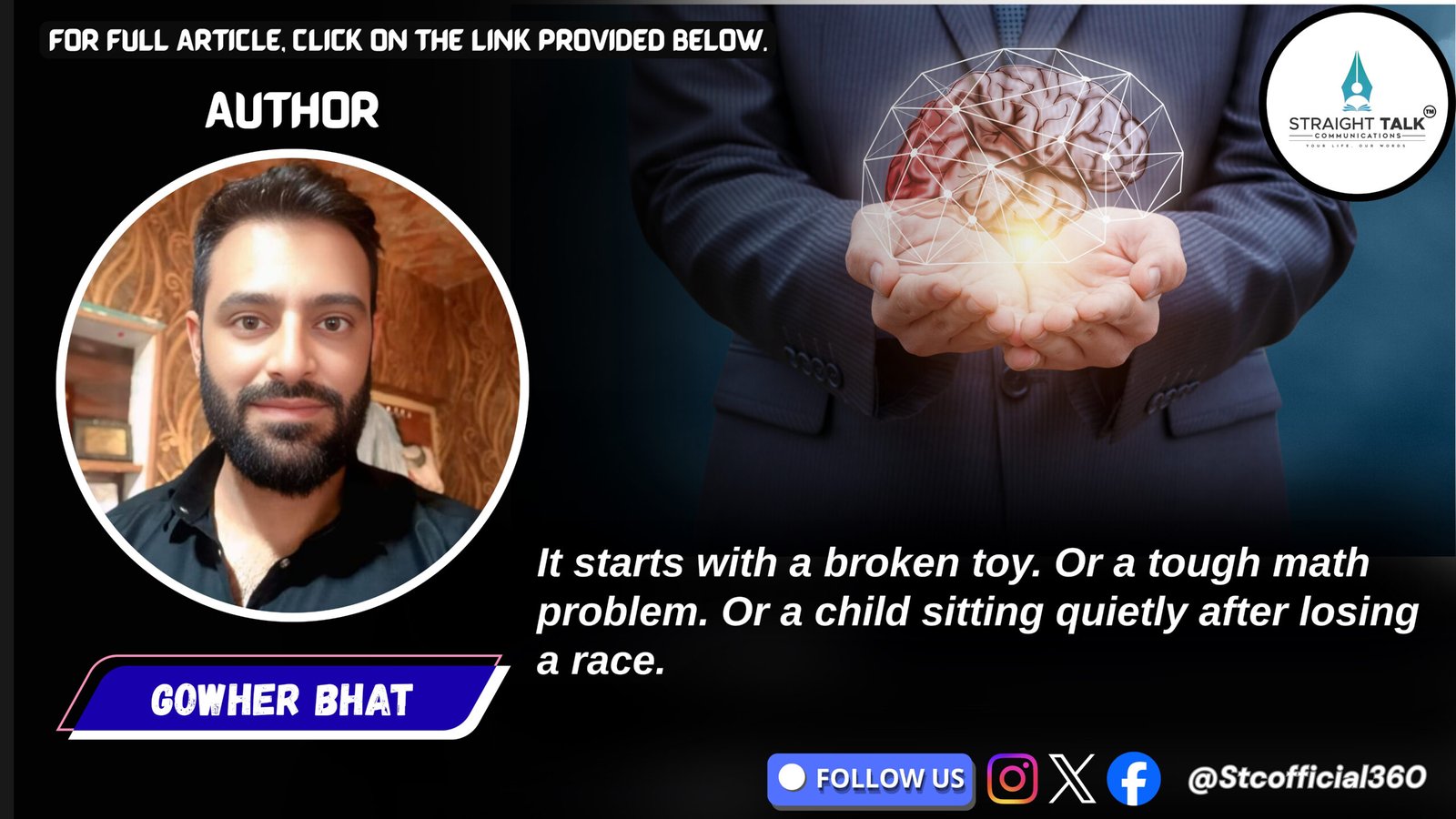Drug Addiction in Kashmir: Beyond Numbers, Are We Doing Enough?

June 26, 2025 – Reflections from GCC Seminar at SKIMS Medical College
Dr. Fiaz Maqbool Fazili
On June 26, a day marked globally as the International Day against Drug Abuse and Illicit Trafficking, Kashmir once again witnessed a slew of seminars, opinion columns, official meetings, and public awareness campaigns. One such gathering was convened by our own GCC (Group of Concerned Citizens) under leadership of Mr Khurshid Ganie sahib, who lead this campaign in collaboration with SKIMS Medical College. It was more than a ceremonial meet; it brought together key stakeholders—Minister Javed Dar, the Narcotics Control Bureau, the J&K Police, the Drug Controller, and mental health professionals working on substance abuse and rehabilitation.
What emerged from this gathering was a sobering realisation: drug addiction in Kashmir is not just a health concern—it’s a composite crisis, interwoven with crime, moral decay, educational gaps, and social failure. We collectively acknowledged that tackling addiction demands more than medical treatment or law enforcement; it requires a systemic, cultural, and human response.
Tracking the Path: Supplier, Buyer, Victim; To begin solving this crisis, we must start by tracing the entire cycle—from supplier to buyer to victim. At the origin lies a well-oiled supply chain. Drugs reach Kashmir through trafficking routes that remain stubbornly resilient despite occasional crackdowns. The buyer—almost always a youth—is lured into this web not because of ignorance alone, but often due to deeper issues: peer pressure, lack of purpose, emotional neglect, or escapism.
Once a young person begins consuming, he quickly becomes dependent. At this stage, he is no longer a buyer, but a victim—someone who needs urgent help, not judgment. What baffled many of us in the panel was this: How does an average youth in Kashmir afford poisonous drugs wrapped in a flier of escapism that cost ₹70,000–80,000 a month? For most lower and middle-class families, this is economically impossible. So, what follows is predictable: the addict starts to beg, borrow, or steal. Petty theft evolves into organized crime, and another layer is added to the crisis.
Breakdown of Home and School Surveillance-One of the core observations from our professional and personal perspectives was the alarming breakdown of early detection systems—starting at home.
Parents are either too preoccupied or unaware to pick up early warning signs. Yet, it is well understood that no one knows a child’s mood or behavioural shifts better than the parents. If this first line of defence falters, then responsibility passes to schools and tuition centers. But even here, teachers rarely act as vigilant guides anymore. The days of hawk-eyed mentors who would track the emotional and moral well-being of students seem to have faded.
Society itself—supposedly a safety net—has turned passive. The addict, once caught, is seen as a criminal or moral failure rather than a victim of systemic collapse. Where are our sermons? With thousands of mosques across Kashmir, we should have had a collective voice ringing out every Friday in the khutbahs, warning, guiding, and embracing those at risk.
Law Enforcement: More Than Just Raids-Law enforcement does play a critical role—but it must be directed and sustained. The first “P” is for Policing, aimed at disrupting supply chains and apprehending drug peddlers using credible intelligence. But equally important is the second “P”: is for punishment, we need to reassess all current laws in their present shape proving as deterrent against crime or just we area doing numbers in increasing arrests, confiscation, attachment of assets. The third P is Prevention. This is where the system visibly weakens, and our law enforcing agencies or narcotic bureau don’t have much role than us -We the Civil society and concerned Citizens
Despite attending meetings and awareness programs, presentations, active participation from law agencies in long-term community-based, socio religious and civil society engagement for prevention is minimal. The focus must shift from episodic enforcement to embedded vigilance in schools, mohallas, and marketplaces.
The Health Crisis Within: Hepatitis and HIV-The hidden, long-term threat of substance abuse is in its public health consequences. During our SKIMS seminar, data presented painted a chilling picture—over 35,000 syringes are used daily in Kashmir, with 65% of them reused.( IMIHANS study) This contributes to an estimated 70% hepatitis C positivity rate among intravenous drug users.This figure itself is likely an underestimation, as testing often happens only when users are too ill and require inpatient care. Untreated hepatitis C leads to liver failure and cancer, yet treatment remains extremely expensive, running into lakhs. Worryingly, no concrete data was available on HIV transmission via infected syringes, as I observed in PowerPoint presentation of one of the treating doctors pointing to serious gaps in both testing and surveillance. Are we waiting for a full-scale epidemic before acting? It appears so.
Gaps in Treatment and Rehabilitation-At the next stage, once addiction is identified, treatment and rehabilitation infrastructure is found wanting. The ratio of doctors to patients, and beds to patients, is woefully inadequate. There is no guarantee of privacy—especially for women addicts, whose families fear the stigma more than the disease. Due to social shame and fear of future rejection—marriage, jobs, or social standing—many families seek treatment outside Kashmir, allowing their children to escape both stigma and registry. This leads to severely underreported statistics, misleading the public and policymakers alike. In such a setting, no parent dares to step forward and say, “My child needs help.” This is precisely why civil society, and religious leaders must work to decriminalize and destigmatize addiction, portraying the addict not as a sinner, but as someone needing care, love, and a second chance.
Prevention: The Real Game-Changer- Across all four stages—supply, demand, health impact, and rehabilitation—prevention emerged as the most powerful intervention. It begins at home, with attentive parenting. It extends into schools through moral and life-skills education. It spreads into neighbourhood’s through religious and civil institutions. We propose innovative deterrents embedded into the daily lives of young people. For instance: Make it mandatory to submit a Substance-Free Certificate when applying for a government job, renewing a driving license, registering a marriage, or getting admission to a college or tuition center. Such policies will make the consequences of drug use visible and real, acting as a powerful psychological deterrent. Let this not be dismissed as harsh or punitive. On the contrary, these measures show society’s seriousness in reclaiming its youth and discouraging potential users before they fall into the trap.
Wake Up, Kashmir: Before It’s Too Late-We must ask: Are we all on the same page? Sadly, the data, infrastructure, and community response suggest otherwise.We need to adopt the PDCA approach—Plan, Do, Check, Act—and apply it rigorously. Plan campaigns with community input. Do implement pilot programs. Check the outcomes using real data. Act decisively to re-strategize when needed.
But do it now, not when another tragedy pushes us into panic mode.
Take away is treat, don’t Punish! In the end, it all boils down to one core belief: A drug addict is not a criminal, but a patient. Punish the peddlers, not the victims. Treat the users with compassion, not contempt. Reintegrate them with dignity, not shame.We must nurture a society where a recovering addict feels safer outside rehab than inside it. Until that is true, we are not doing enough.
June 26 should not just be a calendar event. It should be a collective moment of truth—a day where we stop pretending and start preventing, healing, and protecting. Because the children we fail today will shape the Kashmir we inherit tomorrow.







